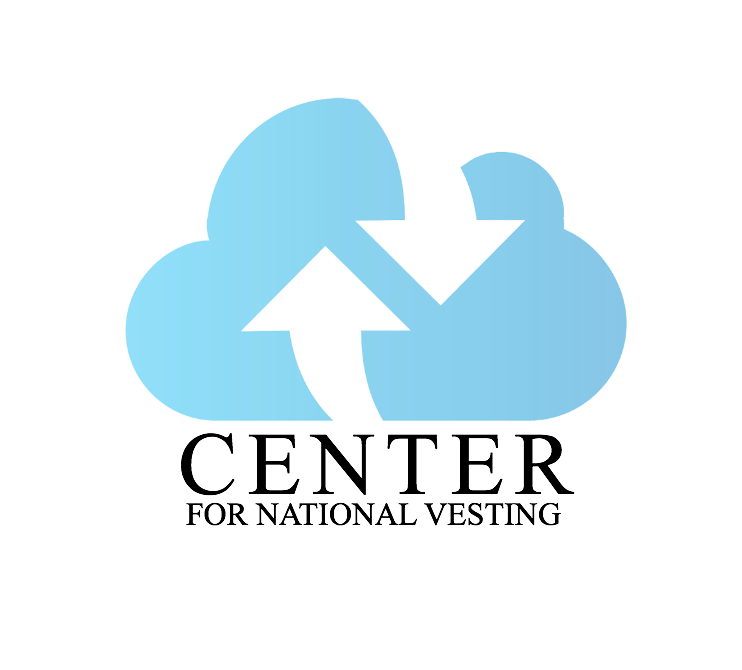Brighter employment picture would be bolstered in a vested economy
It’s great news, for sure, that the United States added nearly one million jobs in March and the unemployment dipped slightly to 6 percent from 6.2 percent in February. And even better news that the report was viewed in some circles as the best in more than a year.
“March’s jobs report is the most optimistic report since the pandemic began,” Daniel Zhao, senior economist of the career site Glassdoor, told The New York Times. “It’s not the largest gain in payrolls since the pandemic began, but it’s the first where it seems like the finish line is in sight.”
That’s heartening news, particularly as the job gains were spread across various sectors such as leisure and hospitality, retailers and wholesalers, and manufacturers. Additionally, many economists believe that the growing number of Americans receiving vaccinations for Covid-19 means that Americans will start spending on goods and services again. That, in effect, will help lift the economy.
But what if the brighter economic picture could be infused with another element that we call a vested economy? Let us explain: A vested economy is one in which the market surplus is distributed to the individual laborers who produce the surplus through an equitable process.
Robert Whitehair, founder of the Center for National Vesting, has found, through his mathematical formulas, what he calls “a market surplus that now exceeds $15 trillion per year.”
You might wonder how one becomes vested. Individuals become vested by successfully completing one or more requirements. For example, someone can be vested by completing an educational requirement or serving in the military.
In non-technical terms, vested economics provides a kind of sponge for absorbing an economy’s excess supply of goods and services and a distribution mechanism called National Vesting for apportioning that excess back to its producers in an equitable manner.
So, the improved employment picture— while good news in the short term—would be bolstered and lead to even more optimism in a vested economy.

